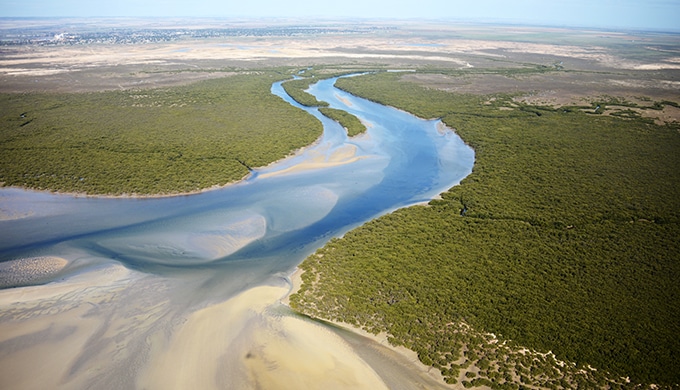Blue carbon is coastal and marine habitats that store carbon in either plants or soil. Coastal habitats such as mangrove forests, saltmarshes and seagrass meadows can capture carbon from the atmosphere at a rate up to 40 times faster than forests on land. If left undisturbed these habitats can continue to capture and store large amounts of atmospheric carbon, helping mitigate the impacts of climate change.
The Department for Environment and Water is partnering with The Nature Conservancy and COmON Foundation to deliver $1.2 million worth of projects to restore up to 2000 hectares of coastal wetlands in St Vincent and Spencer gulfs.


